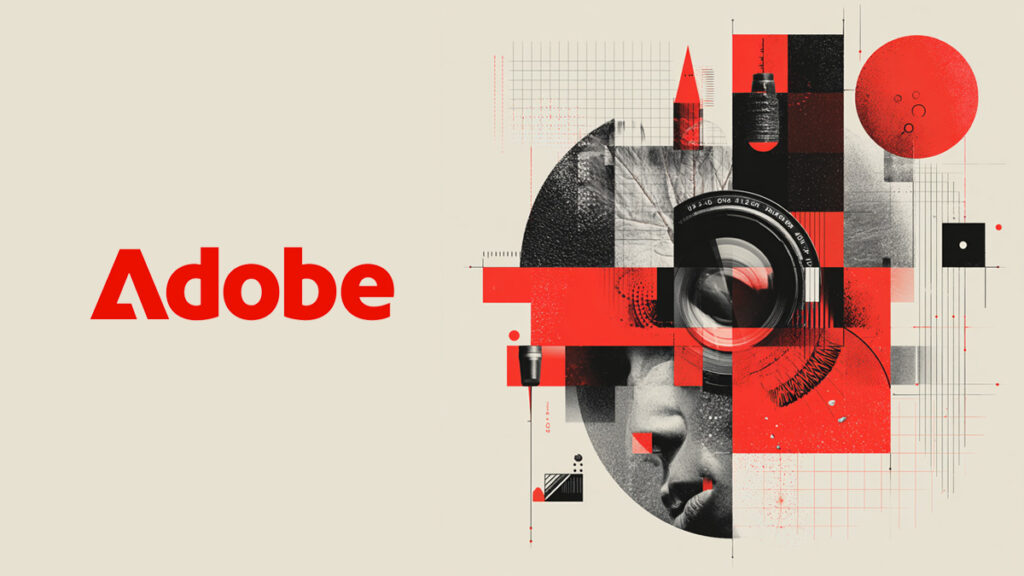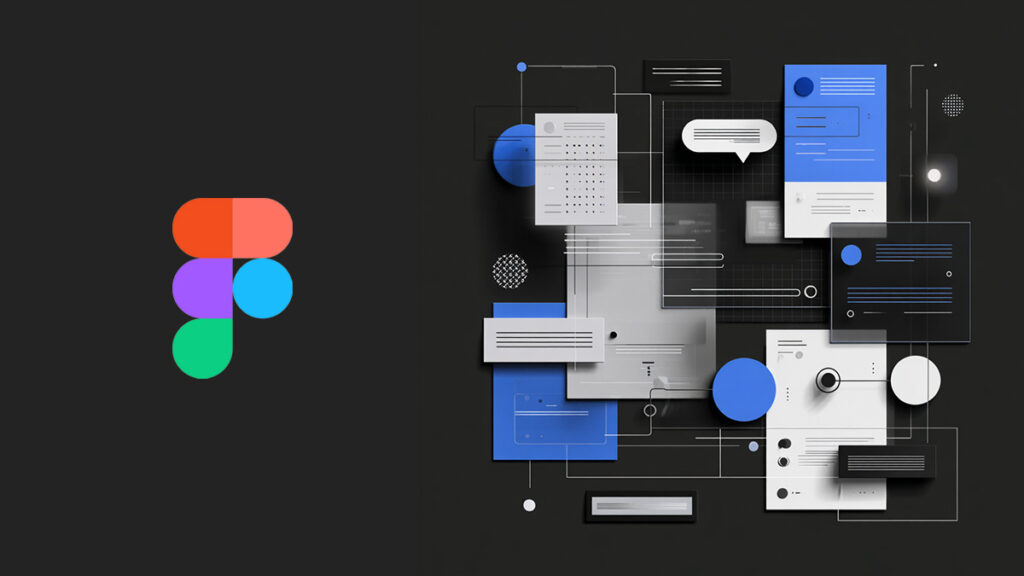Empathy over assumptions leads to better UX
Personas can feel like paint-by-numbers worksheets—great in theory, but often disconnected from how real users interact. Designing for living, breathing people—understanding context, behaviors, and emotions—leads to more genuine and effective experiences.
The direct answer
Move beyond static personas: observe real user behavior, embrace context-driven insights, and iterate with actual feedback to build intuitive, user-centered interfaces.
Why personas fall short
- They rely on assumptions and generalized stereotypes.
- They ignore situational context—like environment, timing, mindset.
- They often become dusty deliverables, buried after kickoff.
What real-user design really means
- Contextual inquiry: Watch users in their environment—at home, at work, on the go.
- Behavior-based segmentation: Group users based on how they use your product—not just who they are demographically.
- Continuous feedback loops: Embed usability testing, analytics review, and live feedback into every phase of product development.
Steps to design for real people
- Start with real data: Use recordings, analytics, and interviews to understand what users actually do.
- Build proto scenarios: Create situation-driven use cases like “busy mom on a 10-minute rail commute”.
- Conduct live testing: Bring early designs to a café or office; watch how people engage under natural distractions.
- Iterate with context: Don’t just improve visuals—refine content, flows, and microcopy based on real-world friction.
- Validate post-launch: Check behavior, sentiment, and drop-off trends to feed back into the next update cycle.
When personas still help (but don’t stop there)
Personas can summarize demographic profiles or buyer motivations—but make them a springboard for real-user research, not a replacement. Layer on behavior, scenarios, and qualitative observations.
Tools That Can Help
- Hotjar: Session recordings and heatmaps to see real-user behavior.
- UsabilityHub: Quick tests with real users on micro-interactions and visual options.
- Lookback: Live moderated sessions where you can observe thinking and context.
- UserTesting: Access on-demand target users across contexts and devices.
Pro Tip: Design in context, not in a vacuum
Make environments part of your process. If your product is used during workouts, test it in a gym. For financial tools, test under pressure. Matching context builds relevance.
FAQs
Can user personas still guide design?
Yes, as long as they’re coupled with real-world validation. Use personas for alignment—but always test with real people before expanding or scaling.
How often should I observe user behavior?
At least once every design sprint or major feature cycle. Even short sessions reveal unexpected pain points and opportunities.
What if users are hard to reach?
Use remote tools like self-recorded sessions, survey-based feedback, or partner with proxy user groups—always aim for behavior over assumption.
Glossary
- Contextual inquiry – A user research method where designers observe and interview users in their real environment while performing tasks, revealing authentic behaviors and friction points.
- Behavior-based segmentation – The practice of grouping users by actions or usage patterns instead of demographics, helping teams design around actual user intent and behavior.
- Proto scenario – A situational narrative that captures a user’s goal and context, used early in design to guide flows and interactions without relying on fictional personas.
- Continuous feedback loop – An iterative system of collecting, analyzing, and acting on user input throughout the design and development process.


